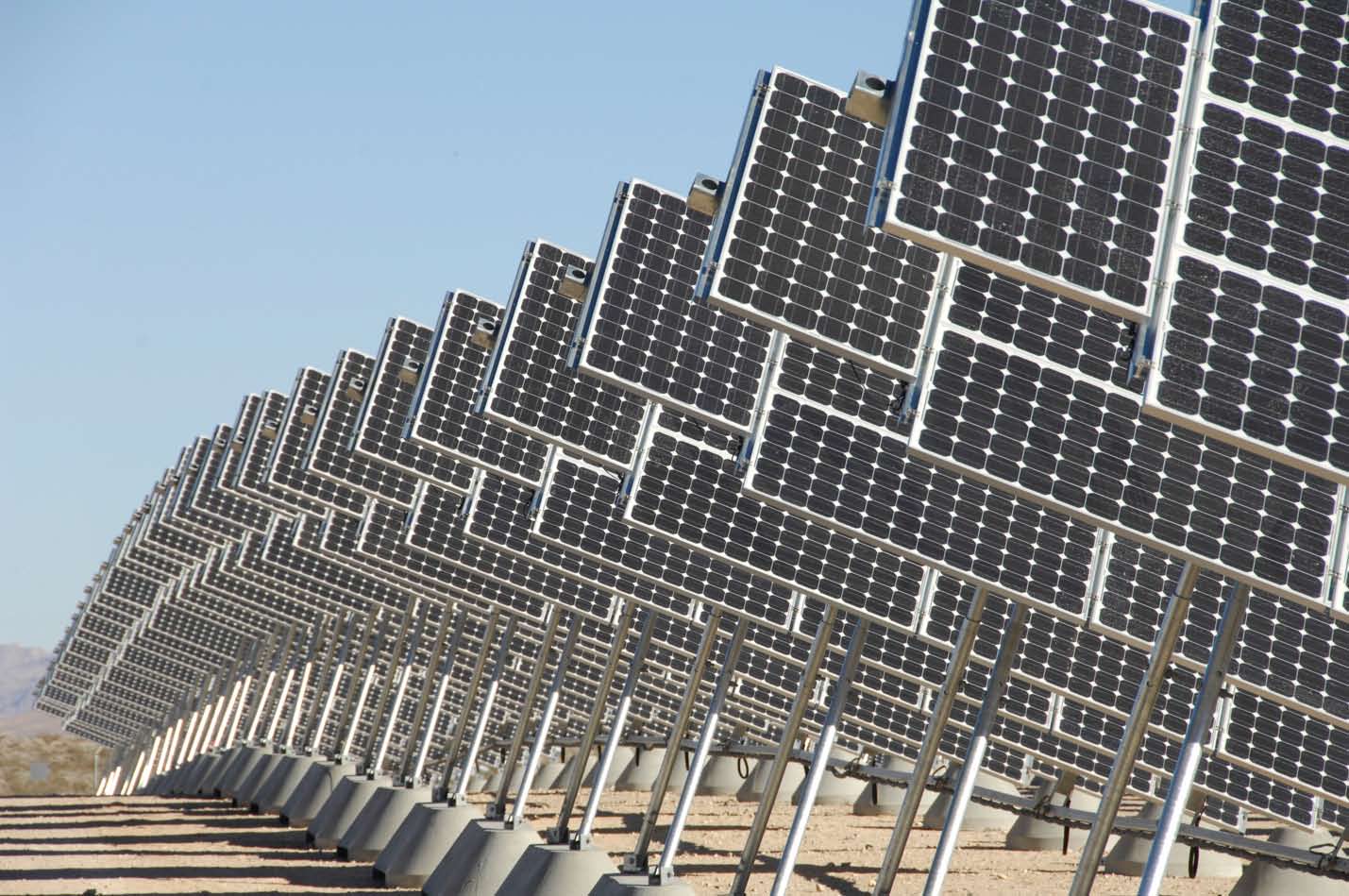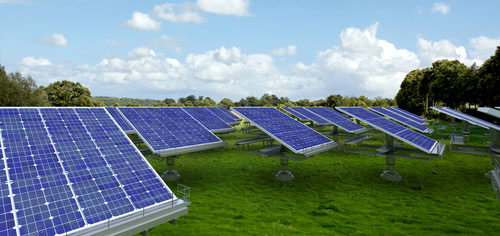A national solar-panel company has quietly opened a new warehouse and offices in Elmsford to capitalize on New York’s $800 million solar-energy expansion plan.
SolarCity has leased 32,500 square feet at 203 Ridgewood Drive, where the company will store solar panels and train installers, technicians and sales staff. About 50 people work in the building, a former distribution center for the DHL delivery service.
The Elmsford location is SolarCity’s second in New York and a third is on the way for Long Island. The San Mateo, Calif.-based company’s first New York location was in Albany.
“We’ve grown from a tiny group to a staff of 49 people (in Albany),” said Ed Steins, SolarCity’s Northeast region vice president. “We have some 20 job openings in New York.”
Steins said that SolarCity decided to move into Westchester County because of its central location along the Northeast Corridor and because it expects increased demand for solar panels due to The NY-Sun Initiative, which has a stated goal of doubling the amount of annual customer-sited solar-power installations. The state program will invest $800 million through 2015 by offering incentives like rebates and grants to homeowners and businesses that install photovoltaic systems.
“The bottom line is that it makes solar more affordable,” said Steins. “We also provide financing and leasing, which allows many residents and businesses to install it for free.”
In his State of the State address in January, Gov. Andrew Cuomo promoted The NY-Sun Initiative’s investment, and in August Cuomo signed a series of bills for solar tax credits and exemptions for solar installations.
“Together with other NY-Sun incentives, these bills demonstrate the state’s commitment to reducing energy costs, growing our green energy sector, creating jobs, and protecting the environment,” Cuomo said in August.
Founded in 2006, SolarCity has about 2,100 employees in 14 states. Its 2012 expansion in the region includes a new operations center in Cranbury, N.J., and new service to Connecticut.
Source: http://www.lohud.com/article/20121004/BUSINESS/310040046/Solar-panel-company-opens-Elmsford-cites-state-s-NY-Sun-investment?nclick_check=1
| Drew Dyer, an installation training instructor for SolarCity in Elmsford, leads a safety class for new employees on Wednesday |
SolarCity has leased 32,500 square feet at 203 Ridgewood Drive, where the company will store solar panels and train installers, technicians and sales staff. About 50 people work in the building, a former distribution center for the DHL delivery service.
The Elmsford location is SolarCity’s second in New York and a third is on the way for Long Island. The San Mateo, Calif.-based company’s first New York location was in Albany.
“We’ve grown from a tiny group to a staff of 49 people (in Albany),” said Ed Steins, SolarCity’s Northeast region vice president. “We have some 20 job openings in New York.”
Steins said that SolarCity decided to move into Westchester County because of its central location along the Northeast Corridor and because it expects increased demand for solar panels due to The NY-Sun Initiative, which has a stated goal of doubling the amount of annual customer-sited solar-power installations. The state program will invest $800 million through 2015 by offering incentives like rebates and grants to homeowners and businesses that install photovoltaic systems.
“The bottom line is that it makes solar more affordable,” said Steins. “We also provide financing and leasing, which allows many residents and businesses to install it for free.”
In his State of the State address in January, Gov. Andrew Cuomo promoted The NY-Sun Initiative’s investment, and in August Cuomo signed a series of bills for solar tax credits and exemptions for solar installations.
“Together with other NY-Sun incentives, these bills demonstrate the state’s commitment to reducing energy costs, growing our green energy sector, creating jobs, and protecting the environment,” Cuomo said in August.
Founded in 2006, SolarCity has about 2,100 employees in 14 states. Its 2012 expansion in the region includes a new operations center in Cranbury, N.J., and new service to Connecticut.
Source: http://www.lohud.com/article/20121004/BUSINESS/310040046/Solar-panel-company-opens-Elmsford-cites-state-s-NY-Sun-investment?nclick_check=1























